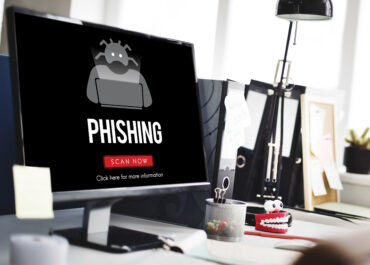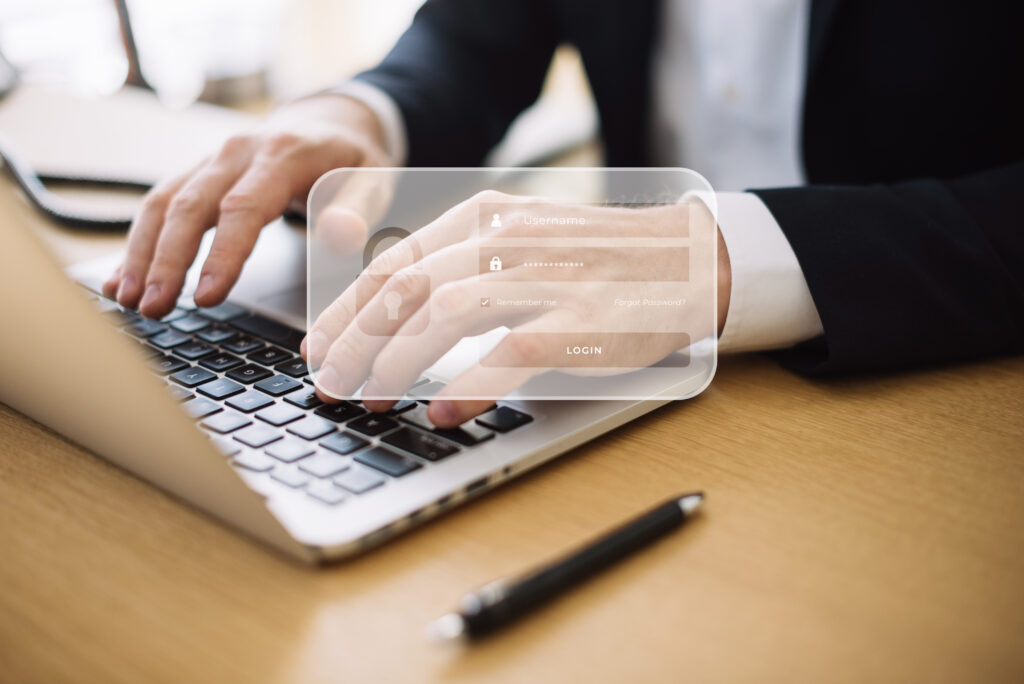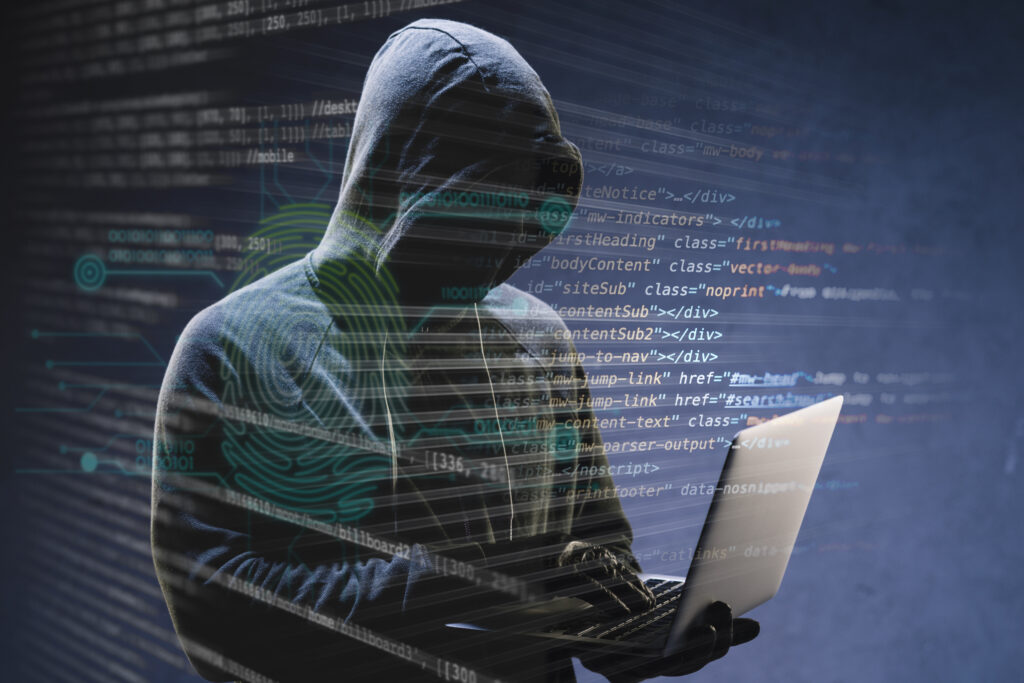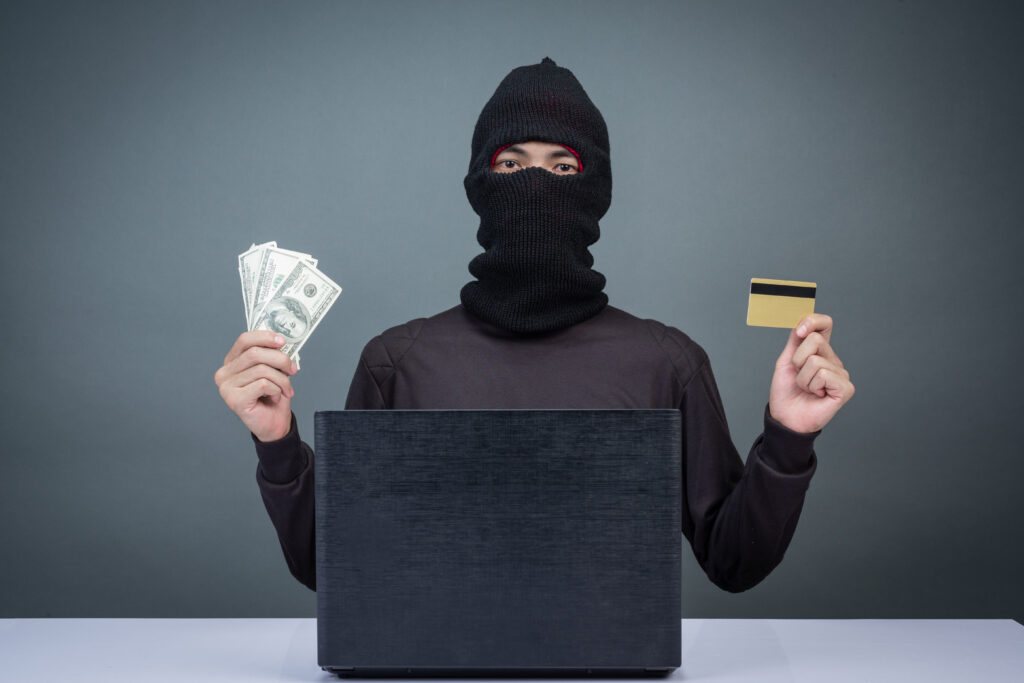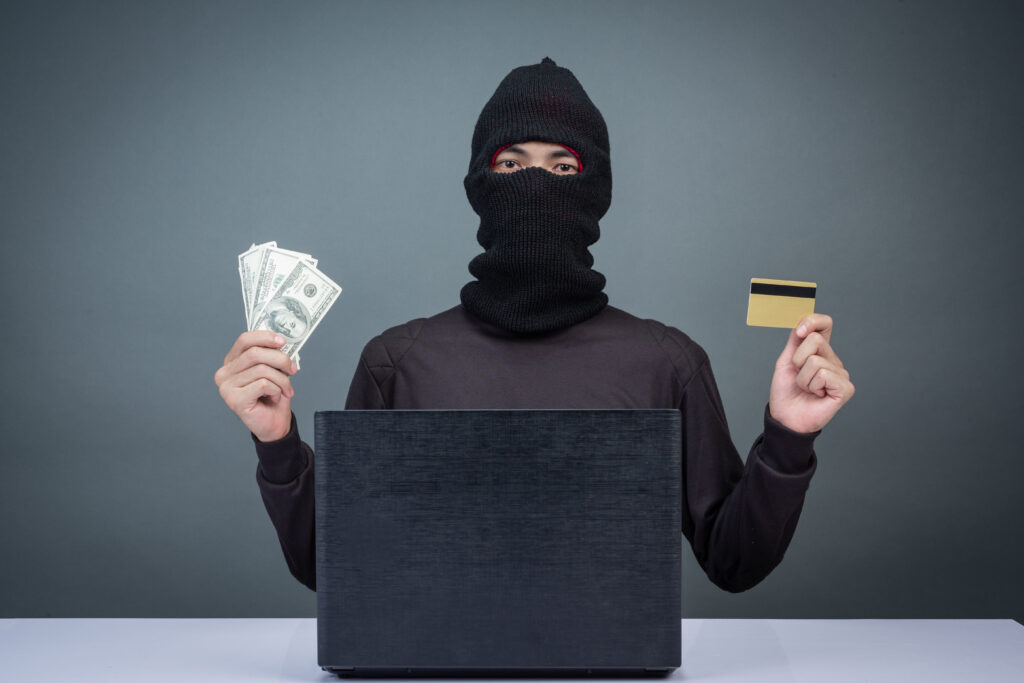Spas in the modern wellness sector need to do more than just offer calming services; they also need to maintain customers’ interest long after they leave. Waiting for appointments or depending only on word-of-mouth is no longer sufficient with so many options available.
Since email marketing provides a direct and intimate channel that social media frequently cannot, it has emerged as one of the most effective strategies for fostering closer relationships. Email is used by spas for more than just sending reminders and promotions.
It’s an opportunity to share value, tell stories, and encourage clients to put self-care first. Thoughtful emails remind people why your spa is the ideal location for rest and renewal, whether it’s by introducing new services or highlighting seasonal specials. When done correctly, email marketing can convert one-time visitors into devoted, long-term customers.
Welcome Emails That Spark Connection
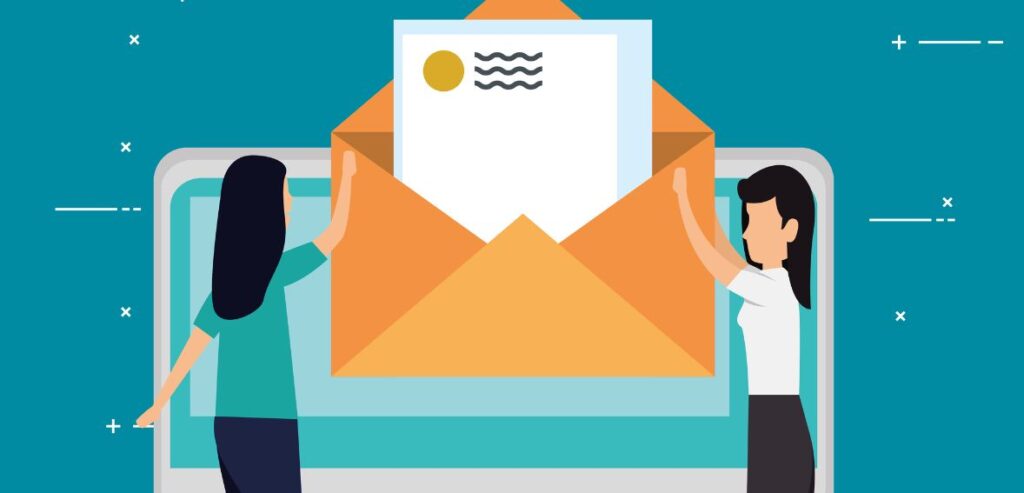
The welcome email is the first handshake for spas, and first impressions are crucial. The tone of the relationship is established by sending a kind, thoughtfully written message to new customers as soon as they subscribe or schedule their first appointment.
The welcome email should convey the spa’s personality, whether it is calm, lavish, or refreshingly modern, rather than just a generic “thank you.” This first encounter gives many clients a sense of worth and reassurance that they made the right decision.
Building trust can be facilitated by inviting people to learn more about your wellness philosophy, meet your therapists, or explore your services. Offering a modest incentive, such as a discount on their subsequent visit, can also be a successful strategy for certain spas to promote repeat business.
Yet the real goal of the welcome email is to communicate warmth and sincerity. When done well, it feels like the beginning of a relationship, not a sales pitch.
Seasonal Promotions That Inspire Action
Spas love unique experiences, and coordinating your emails with the seasons is one of the most effective ways to highlight this. Whether it’s after the heat of summer, the boredom of winter, or the stress of the holidays, clients are frequently searching for ways to recharge and reset.
By reminding clients that your spa is the ideal solution, a well-timed seasonal promotion email capitalizes on these innate rhythms. A spring email might, for example, highlight renewal and offer packages that reenergize and detoxify. A summer message might highlight sun damage, repair facials, or cooling treatments.
The seasons of fall and winter are ideal for themes of coziness, leisure, and stress reduction. Beyond promotions, seasonal messaging can be educational as well—providing skincare tips or wellness routines that make clients more likely to trust your expertise and book appointments.
Birthday and Anniversary Celebrations

Personalized recognition of their special occasions is one of the few gestures that makes clients feel more valued. You can honor them and subtly invite them to treat themselves by sending them an email on their birthday or anniversary.
These emails are extremely personal and convey exclusivity, in contrast to general promotions. Customers are more likely to reward that care with loyalty when they feel valued and remembered. During their birthday month, many spas use these emails to offer free extras like a discounted facial or a complimentary aromatherapy enhancement with a massage.
Recognizing someone’s special day builds a strong emotional bond with them and lets clients know they are more than just names on a list. This small action often results in enduring business since customers connect your spa with moments of joy and celebration.
Highlighting New Services and Treatments

In the spa industry, innovation is crucial. Whether it’s a body contouring treatment, a holistic wellness ritual, or a state-of-the-art facial, clients are constantly interested in new treatments. Emails are the perfect platform to introduce these offerings in a way that educates and excites.
The email should tell a story about the service’s benefits, why it was added, and how it improves general well-being rather than just listing the services. For example, a spa that offers a new hot stone therapy might describe its background, its psychological and physical advantages, and why this is the ideal moment to try it.
These emails build anticipation and attract customers to schedule appointments simply to experience something by using evocative language and imagery. The key is to balance education with inspiration, ensuring that readers not only learn about the service but also feel compelled to try it.
Client Testimonials and Success Stories
Using your clients’ own voices is one of the most effective ways to foster trust. Testimonial emails remind prospective customers of the value your spa offers by showcasing actual experiences and outcomes. Because they are relatable, these stories inspire people to take action when they are dealing with stress, skin problems, or tense muscles.
These emails may include quotes, before-and-after stories, or even brief client testimonials detailing the positive effects of a specific treatment. More significantly, they humanize your brand by demonstrating that your spa is about genuine results and care rather than just luxury.
Since it offers social proof that your services are reliable and successful, a sincere testimonial is more valuable than any advertising.
Exclusive VIP Invitations
Every customer wants to feel valued, and emails that promise VIP treatment or exclusive access are a powerful tool for fostering loyalty. By organizing private events, offering early access to new packages, or sending out invitations to member-only promotions, spas can employ this strategy.
These emails exude exclusivity and privilege, which encourages interaction and strengthens the idea that your spa goes above and beyond for its clients. One way to create excitement is to host a small wellness event that includes new treatment demonstrations and a special booking offer.
Customers who receive these invitations feel more connected to your spa because they feel like insiders. As clients proudly invite friends or family to share the experience, these exclusive communications can also promote referrals.
Educational Content That Builds Authority
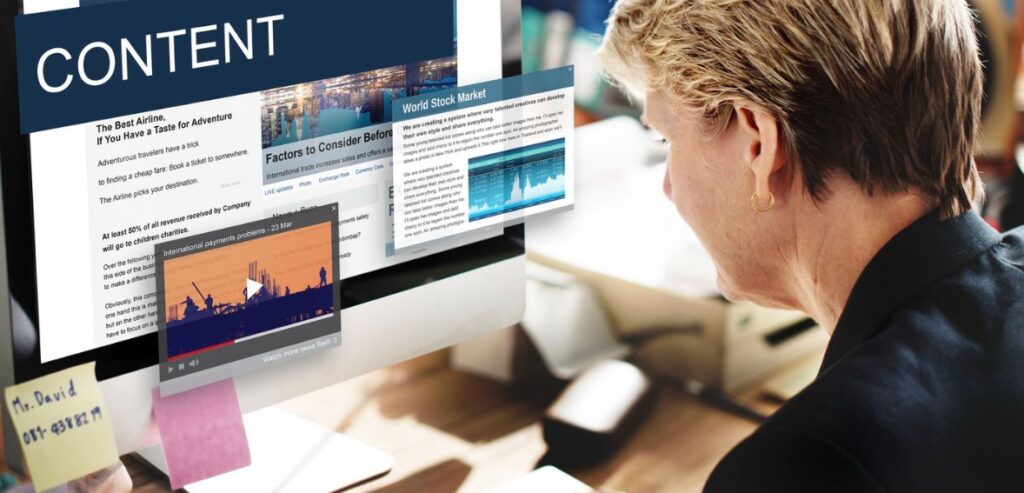
Customers frequently seek out spas for their expertise as well as their treatments. An email that offers helpful skincare routines, relaxation techniques, or wellness advice positions your spa as a reliable resource for people on a wider path to health and well-being.
These emails add value over time by demonstrating that your company is concerned with more than just sales, in contrast to direct promotions. A monthly email might, for instance, offer tips on how to handle stress during hectic times of the year or how to protect your skin during severe weather.
You can also share important resources on phishing protection tips to educate clients about staying safe online, which adds extra value and builds trust.
Clients start to view your spa as a vital resource rather than just a spot for the occasional indulgence when they regularly receive insightful information that they can use to improve their lives. Even when customers aren’t actively scheduling appointments, this keeps your company at the forefront of their minds and fosters loyalty.
Limited-Time Packages That Drive Urgency
Email is the ideal tool for creating urgency around limited-time offers, and scarcity is a powerful motivator. Spas can promote quicker decision-making and instant bookings by portraying a treatment package or seasonal special as something only available for a limited time.
These emails ought to highlight the opportunity’s special qualities and benefits. These emails capitalize on the psychology of “fear of missing out” by offering special holiday bundles or weekend-only packages.
Customers who might otherwise put off making a reservation are more inclined to act right away if they believe the opportunity might pass them by. When strategically implemented, these campaigns can introduce new customers to services they may not have otherwise considered and dramatically increase short-term revenue.
Loyalty Rewards That Keep Clients Engaged

Another successful approach for advertising loyalty programs that promote return visits is email. Customers enjoy being acknowledged for their ongoing support, and loyalty-based emails do just that by highlighting the advantages of coming back time and time again.
These emails provide customers with incentives to stick with your spa over time, such as points accumulation or free upgrades after a predetermined number of visits. The most successful loyalty emails are celebratory rather than merely transactional.
It feels affirming and personal to thank a customer for their fifth visit and offer them a complimentary service. These small gestures, over time, build a positive feedback loop that strengthens bonds and gives customers a strong sense of connection to your spa.
Implementing loyalty programs not only boosts client retention but can also create sustainable recurring revenue strategies for your spa business.
Holiday and Special Occasion Campaigns
Spas have excellent chances to engage with their customer base during holidays and special occasions. Spas can capitalize on the feelings of celebration, self-care, and gifting by sending out emails related to Mother’s Day, Valentine’s Day, or the winter holidays.
These advertisements serve as a reminder to customers that a spa treatment is a meaningful gift for themselves or their loved ones, not just a service. For example, a Mother’s Day email might advise customers to give the important women in their lives a day off.
In a similar vein, a holiday campaign might highlight gift cards as the ideal last-minute gift or for lowering seasonal stress. Bookings and gift card sales frequently soar as a result of these messages’ emotional resonance, timeliness, and relevance.
Conclusion
One of the most effective and customized tools that spas can use is email marketing. Emails have the opportunity to make a real impression because they arrive in a client’s inbox, unlike short-lived social media posts.
Spas can use emails to welcome new clients, celebrate special occasions, share expertise, and create urgency by combining strategic timing with thoughtful storytelling. Every campaign expands upon the fundamental principles of connection, relaxation, and wellness that customers look for in a spa.
After all, hitting inboxes with promotions isn’t the key to successful email marketing. It involves creating messages that are genuine, compassionate, and human—messages that remind customers why their health is important and why your spa is the ideal setting for promoting it.

